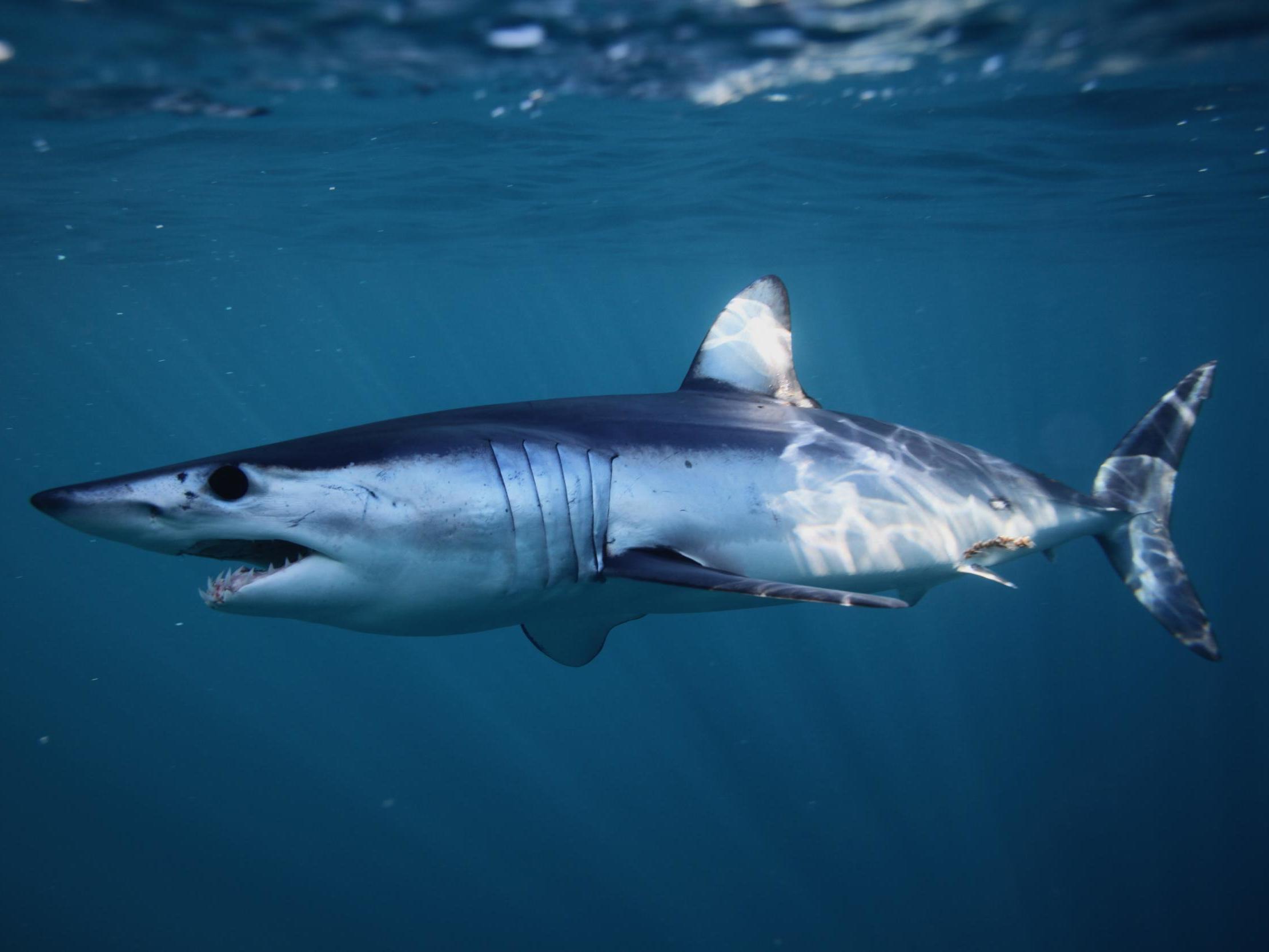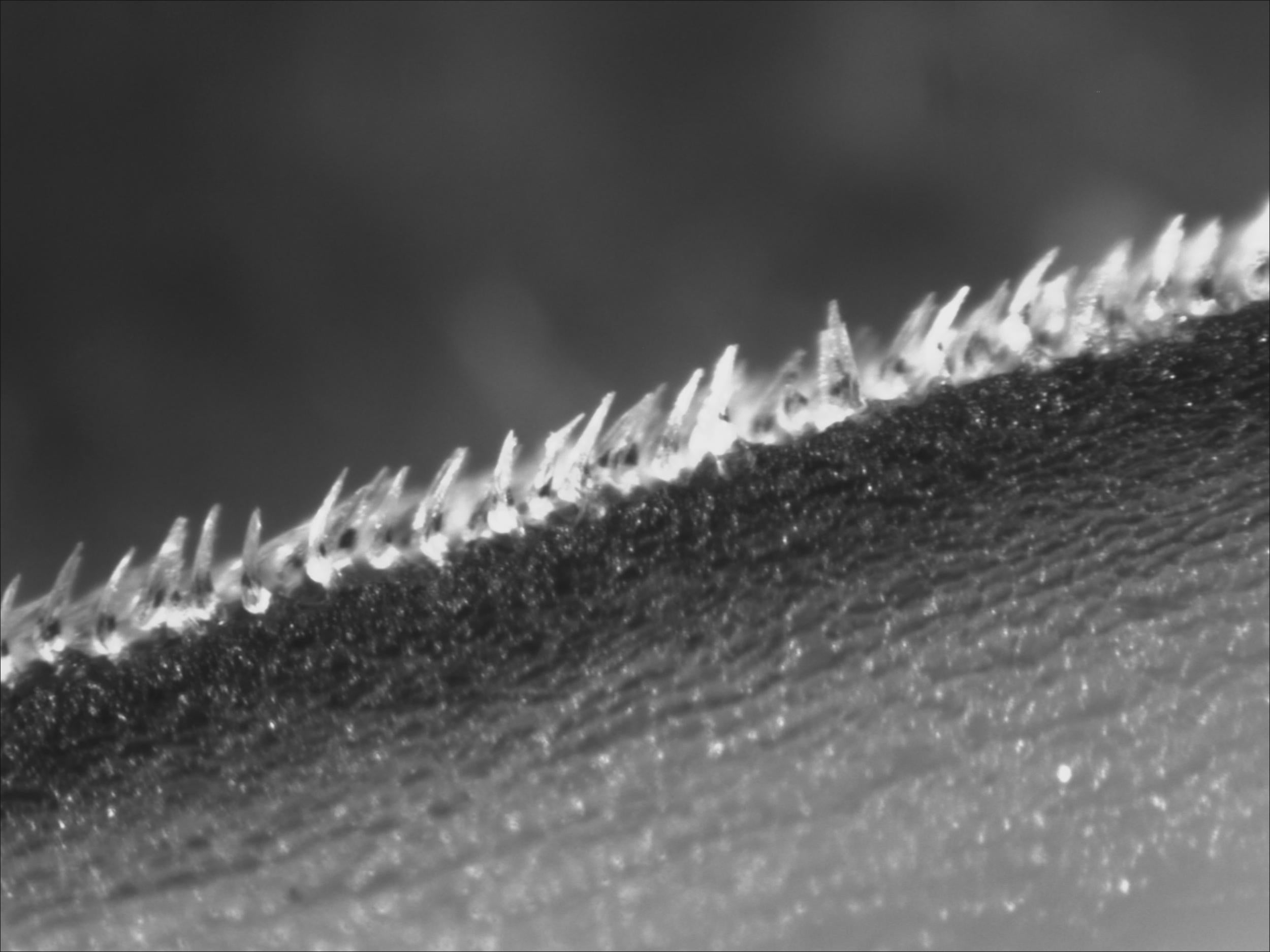Secret from skin of world's fastest shark being used by US military to make aircraft faster and more agile
'The potential for a man-made surface to utilise this entirely passive mechanism even in air is very exciting,' says US Army-funded study

Your support helps us to tell the story
From reproductive rights to climate change to Big Tech, The Independent is on the ground when the story is developing. Whether it's investigating the financials of Elon Musk's pro-Trump PAC or producing our latest documentary, 'The A Word', which shines a light on the American women fighting for reproductive rights, we know how important it is to parse out the facts from the messaging.
At such a critical moment in US history, we need reporters on the ground. Your donation allows us to keep sending journalists to speak to both sides of the story.
The Independent is trusted by Americans across the entire political spectrum. And unlike many other quality news outlets, we choose not to lock Americans out of our reporting and analysis with paywalls. We believe quality journalism should be available to everyone, paid for by those who can afford it.
Your support makes all the difference.The toothy skin of one of the world’s fastest fish, the mako shark, is being studied in US Army-funded research in the hopes that its hide might lead to more efficient or agile aircraft.
Makos have been recorded swimming at speeds of 60mph but are estimated to be able to go as fast as 80mph, thanks to a host of evolutionary adaptations that let it cut through the water with minimal drag.
Rather than being perfectly smooth, the shark has row upon row of minute, raised tooth-like scales along its sides and on its fins, and University of Alabama aeronautical engineers set out to understand what role they play.
The scales are actually biologically similar to the shark’s teeth, except each measures about 0.2mm long and is capable of bristling up or flexing backwards when the mako is swimming.
If you were to run your hand over the shark from nose to tail, in the same way as water flowing over its body, they would feel perfectly smooth.
If you ran your hand the other way, it would feel rough like sandpaper and the researchers suspected this bristling has the crucial effect of disrupting currents that might swirl back against it – known as flow separation – and cause drag.

This pressure drag is one of the most influential factors on aircraft and techniques to mitigate it could help them become more fuel efficient, fly faster and be more responsive.
“The dimples on a golf ball are an example of separation control that reduces pressure drag by maintaining attached flow around the ball and reducing the size of the wake,” said Dr Amy Lang, who led the research being presented at a meeting of the American Physical Society in Boston on Monday.
“You can hit a golf ball with dimples 30 per cent farther than if the same ball were smooth.”
Using a wind tunnel and samples of mako shark hide taken from the animal’s flanks, the researchers measured the velocity of water flows over a smooth surface and the animal’s skin.
They found this “passive bristling” effect from the shark scales did indeed control flow separation and reduce drag.
“In all cases with the flank skin, we saw the size of the separated flow region reduced significantly by the presence of the skin.” Dr Lang said.
The research has been part-funded by aerospace firm Boeing and the US Army and could be inspire new drag-resistant coatings.
“The potential for a man-made surface to utilise this entirely passive mechanism even in air is very exciting,” she added.
Join our commenting forum
Join thought-provoking conversations, follow other Independent readers and see their replies
Comments